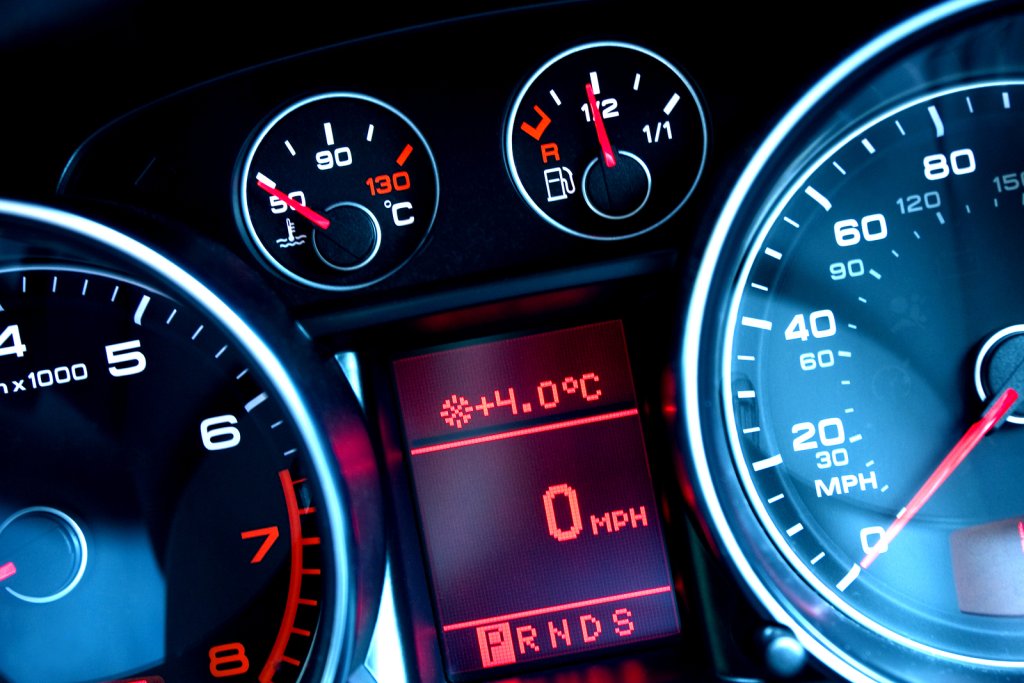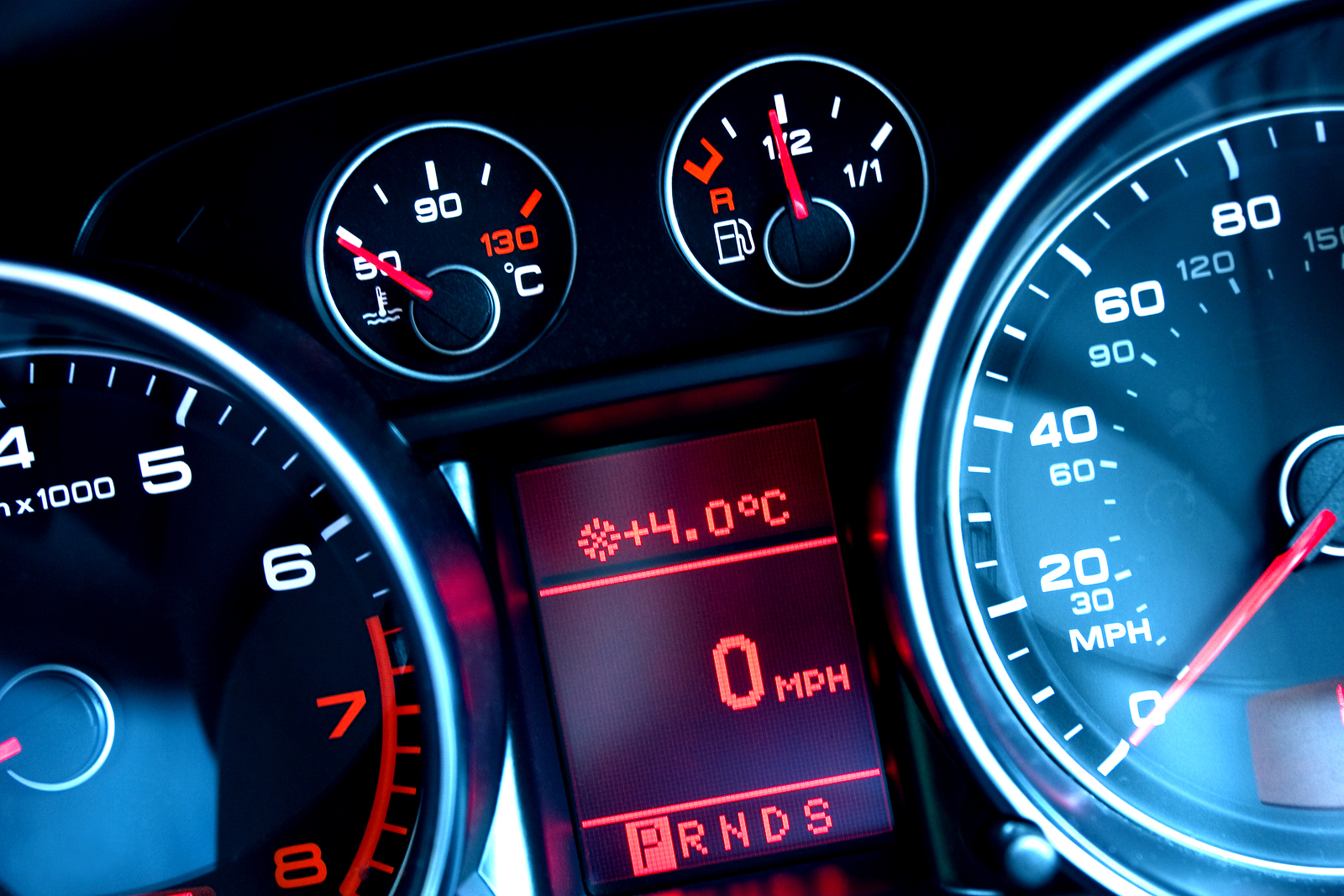Fast loading speed is one of the most important attributes for any business website. How can you ensure such fast paced website experience? Well, there are some widely known and recommended procedures like avoiding Flash files, compressing images, minimising redirects, etc. But are they enough o ensure your website optimum speed and performance? Let us introduce 6 most effective tips to boost the speed and performance of your website.

- Go for minimalistic design
It is understandable that when you go for a stripped of clutter-free design, your website gets faster simply because it does not need to load a lot of elements at a time. This is why sites with minimalistic design loads faster compared to websites with design overload.
You can bring life to your design simply by giving vent to delicacy rather than obtrusive design elements. Below are some of the minimalistic design features that you need for your website.
- A drop-down hamburger menu in place of a traditional menu bar.
- Lot of white space around every site content.
- Shorter, crisp and to the point web forms.
- Compressed and optimized images for faster loading time.
- Use of single typeface across the whole website.
- Compressing and optimizing images
Can you think of a great website design without using images? No, you cannot simply because they are invincible now when most websites are adopting visual design. But, in spite of their effective role in web design images are often referred as the on-page element to kill the speed and performance of websites.
Images occupy a lot of space and naturally if you leave them as they are, the loading speed is going to suffer. Compression helps to reduce the size of an image by at least 50% of its original size. Another effective way is to specify the exact height and width of your selected images within the HTML file.
- Avoid using flash
Flash is a great example of obsolete style element in website design that is still causing woo to the loading speed and performance of web design. Remember, a great majority of users do not have the right flash player installed in their device and often this leads to a crash of the plugin and consequent detrimental effect in site performance and speed.
Moreover, Flash as a web design element is least exposed to a search engine and can actually make SEO efforts suffer by enhancing the download time and slowing the loading time for visual and interactive elements.
- Avoid using large web pages
The large page size is the most common reasons that make most websites load slower. Instead of using a long page with too many contents you can split it into several pages and can ensure quick loading time for all of them. Moreover, as people are less attentive these days, catering limited information in each page will result in grabbing more attention.
- Clean codes
This is actually not a tip but a call to make the basics perfect. Clean codes actually help all design attributes and on-page elements show in the way they have been aimed for. A CTA button not responding properly or the scrolling is not responding at times or on-page animated elements are not showing the way they have been intended to, all these and many such glitches are primarily experienced because of cluttered coding. To boost the morale further about clean codes we must say that Google likes clean codes when it comes to ranking websites.
- Lazy loading
Lazy loading became a hot trend and getting even hotter with time. Well, what it is and what is the fuss about it? To tell the truth, it is a shrewd design pattern helping the objects load as and when they are accessed. For example, when scrolling a website the below-the-fold objects will only load and get into action as and when you scroll down the page. That means only when the user needs it is being loaded. Naturally, it saves the time required for loading the entire page at one time.
The Bottom Line
Basically due to a huge upsurge in the number of mobile users and the strengthening of mobile web in the recent years, web browsing has taken more on-the-go approach than ever before. Naturally, mobile web browsing as a whole tends to be more impatient and ruthless. The moment we see a page taking too much time to load, we just go elsewhere and most of the times we never return there.
But, alone lightning fast page loading is not enough for any business website. A page after being loaded in less than a second still can have performance issues and glitches with CTA buttons, certain on-page contents and their readability and the time taken by certain design elements to load correctly. More than just the so-called page loading speed, it is the faster and glitches-free performance of all the elements that make a great website design for any business.
Author Bio
Keval Padia is a Founder & CEO of Nimblechapps, a fast-growing company providing iOS game development and website development services. The current innovation and updates of the field lure him to express his views and thoughts on certain topics.
























Leave a Reply